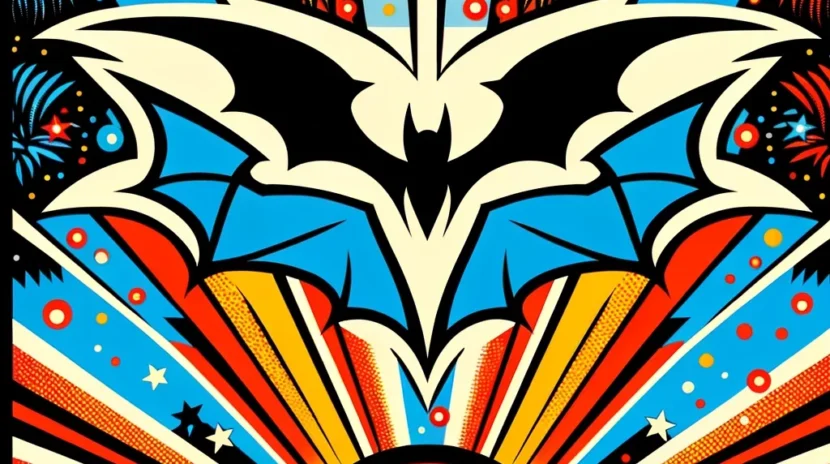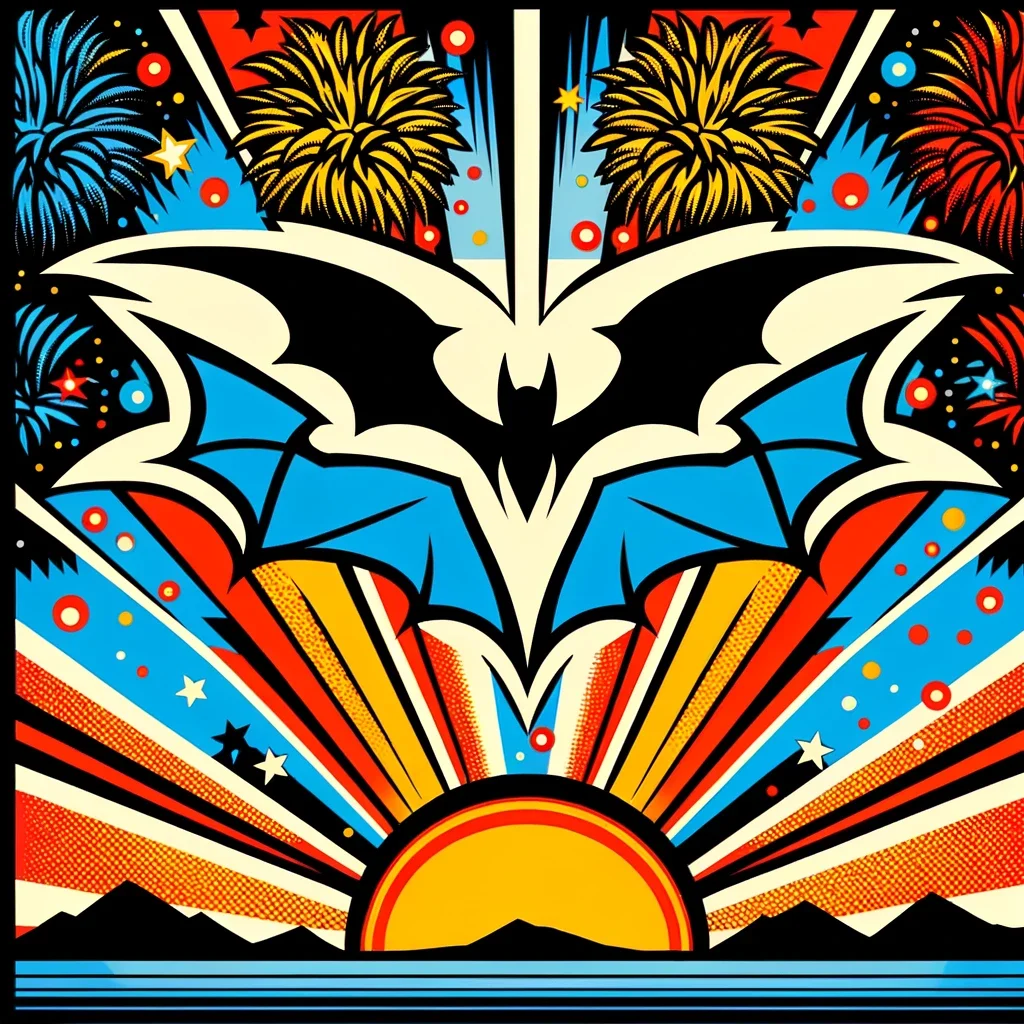
Imagine, for a moment, the masked bat, the iconic Batman, not just battling fictional villains but also facing off against Valencia C.F. This scenario unfolds between medieval history and contemporary culture, offering a case where intellectual property and cultural identity are intricately woven into a unique legal skirmish. Who is more distinctive? Bruce Wayne’s alter ego or lo rat penat (the flying rat) from the emblem of Valencia C.F., reinterpreted to commemorate its Centenary? This term, lo rat penat, refers to a bat and is deeply embedded in Valencian culture and symbolism, often associated with the city and region’s historic heraldry.
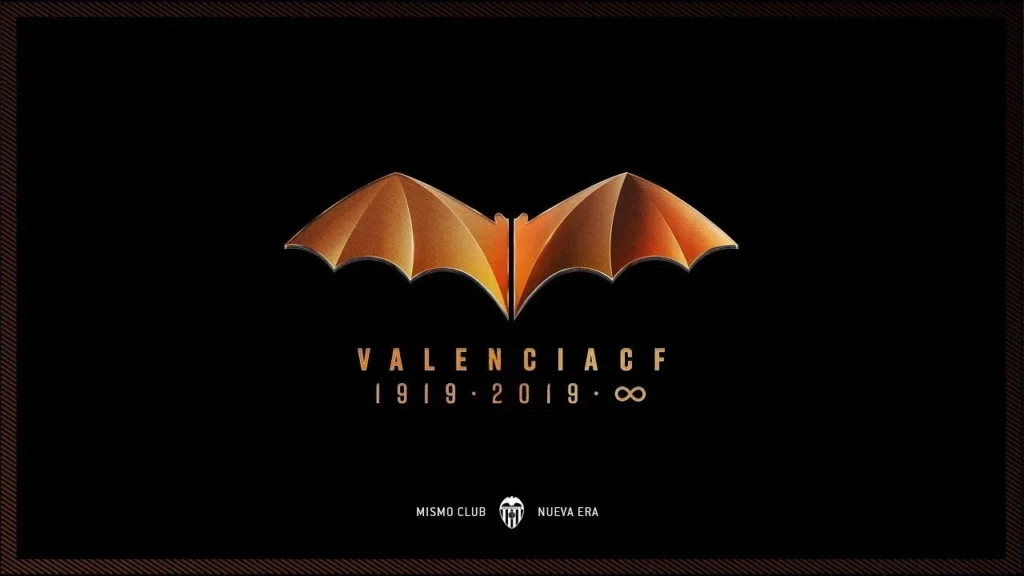
This unusual controversy might seem extraordinary or even bizarre to many of our readers. Yet, disputes over seemingly similar trademarks are not unfamiliar in the domain of intellectual and industrial property law, (see the case of Real Madrid C.F. vs. Madrid Women’s Football Club in the Tribunal Supremo, Sala Tercera (Spanish Supreme Court, Administrative Chamber), judgment of November 7, 2023). These conflicts arise when a potentially similar trademark could not only harm the original brand’s reputation but also lead to consumer confusion, as alleged in the case of DC Comics vs. Valencia C.F.
The root of the dispute dates back to the Centenary of the Valencian club in 2019, when they redesigned their logo for the special occasion with the city’s iconic symbol: lo rat penat. This symbol, traditionally a bat, alludes to the dragon from the Aragonese coat of arms, representing one of the most fascinating and aesthetically pleasing mix-ups in Spanish heraldry. Upon registering this new design at the European Union Intellectual Property Office (EUIPO), as an initial step towards its marketing, they encountered opposition from DC Comics. The American comic book giant argued that Valencia C.F.’s new design infringed on the trademark rights of its Batman franchise by using a graphic representation of a bat too similar to that of the classic saga, specifically one of its recent adaptations.

Finally, after a cooling-off period of 22 months, the parties reached an agreement on the controversy, in which DC Comics withdrew its opposition to the trademark registration provided that Valencia C.F. committed not to use their design to represent fictional characters, a nuance of Class 41 of the Nice Classification that also affects Classes 9 and 28 (toys and video games), but employs a criterion more associated with copyright law than with industrial property. This arrangement was reached thanks to the negotiation by the law firm Garrigues, serving as a prime example of how alternative dispute resolution (ADR) can be more fruitful than a judicialized controversy. However, from a doctrinal or scientific viewpoint, these settlements, while beneficial for both parties, prevent us from considering dimensions of the conflict that are truly interesting for the curious.
a) The countries of the Union agree to refuse or to invalidate the registration, and to prohibit by appropriate measures the use, without authorization by the competent authorities, either as trademarks or as elements of trademarks, of armorial bearings, flags, and other State emblems, of the countries of the Union, official signs and hallmarks indicating control and warranty adopted by them, and any imitation from a heraldic point of view.
– Article 6.ter.1 Union of Paris Convention
We invite the reader to consider the following question: Article 6.ter of the Paris Convention, from which Article 7.1.h) of the European Union Trade Mark Regulation and Article 5.1.l) of the Spanish Trade Mark Law derive, prohibits the registration of trademarks that are state emblems unless authorization is obtained for such use. Lo rat penat is undoubtedly a historic emblem of Valencia, and Valencia C.F. has the authorization, whether express or implied, from the State, whether in the form of the Valencia City Council, the Valencian Community, or the Kingdom of Spain, as it also has authorization to use a representation of the crowned royal senyera of Valencia (i.e. Valencia’s flag). Does Batman have such authorization?
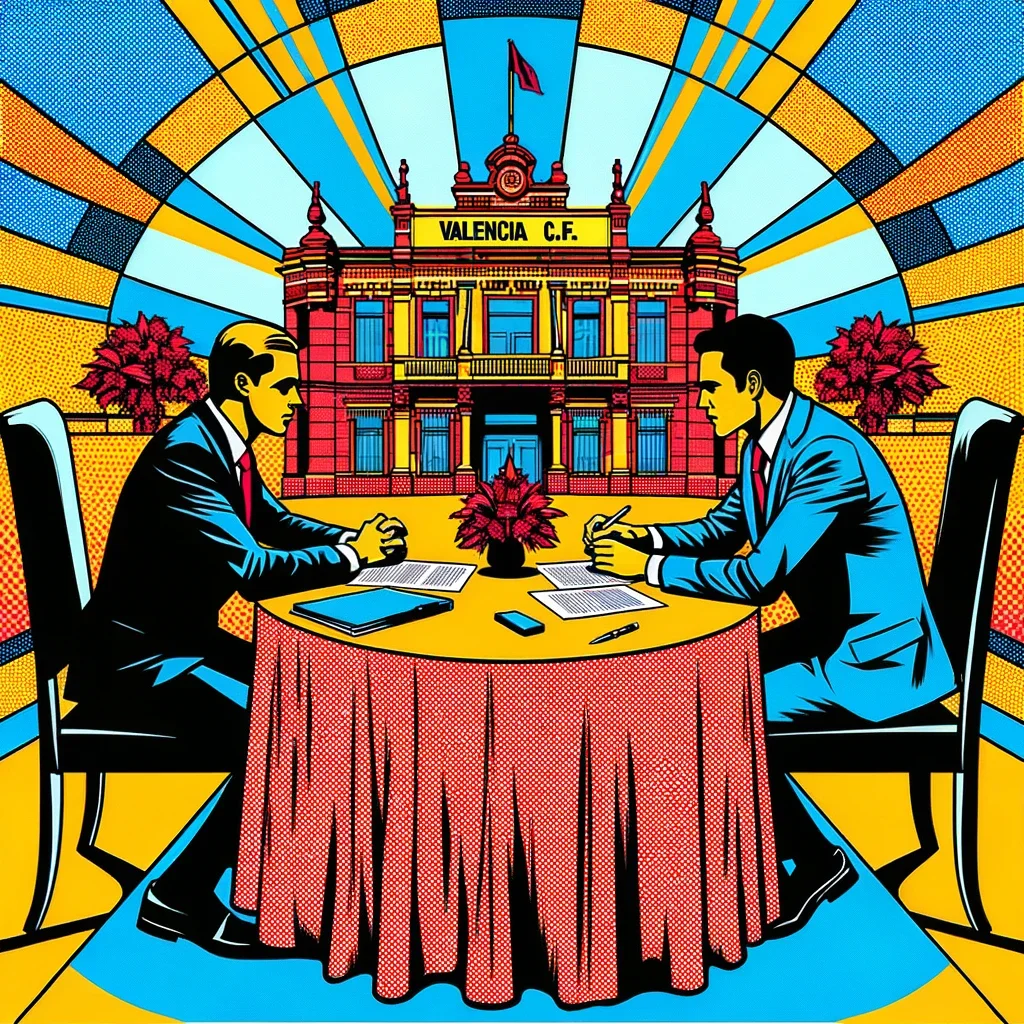
The Paris Convention in its Article 6.ter compels member states to respect the criteria of other member states in this regard, thus it is a provision with international effects, specifically in the United States. If DC Comics claimed that any depiction of a bat in front view (i.e., facing forward) is the intellectual property of the company, in the same way, Spain could argue that any representation of a bat in sable, seen frontally with wings spread, is an element of a state emblem or a heraldic imitation of the coat of arms of the city of Valencia, first represented on a municipal seal in the year 1312. For this reason, the Spanish Patent and Trademark Office (OEPM) and the European Union Intellectual Property Office (EUIPO) might well have considered that there was an absolute prohibition on the registration of this trademark, something that did not happen; nor was there any opposition from Valencia C.F. or the Valencia City Council itself, apparently because Valencians are not as sensitive about industrial property as North American companies.
In a square shield resting on one of its vertices, a field of gold with four bars of gules, two crowned ‘L’s as supporters, and two laurel branches crossing at the bottom. At the crest, an open royal crown surmounted by a bat, seen from the front with wings extended, in sable.
– Blazon of the coat of arms of the City of Valencia
DC Comics seems to have confused Valencia with Bill Finger, whose authorship of Batman was completely usurped by the self-proclaimed “creator” of the famous franchise, Bob Kane. The saga of the bat-man is undoubtedly well-known, but let’s not forget that it’s a literary publication from 1939, while lo rat penat is a 14th-century emblem, more than six centuries older than Bruce Wayne. DC’s opposition to the registration of the bat by Valencia C.F. at the EUIPO is, besides being quixotic, a representative example of the cultural shortsightedness occasionally displayed by our friends across the pond.
It’s absurd that a centenary football club like Valencia C.F. had to face this Kafkaesque intellectual property process when its identity is directly drawn from the history of a city whose foundations were laid at a time when the current territory of the United States was simply ignored by the ancestors of those now attempting to monopolize the silhouette of any bat. However, it is respectable, in my opinion, that DC tries to gain an advantage for its brand at all costs, a shark mentality that, although bothersome, I wish more people in Spain had.
In this context, DC could have claimed that the approval of the Batman trademark application, with all its claims, implicitly contained a state authorization consenting to the exclusive use of the bat silhouette seen from the front with wings extended (identical to the heraldry of the city of Valencia, ergo a state emblem), as the registration of trademarks has the legal nature of an administrative concession, a dual legal category that includes both an authorization for the performance of an activity (police power) and a prohibition erga omnes of its use (regime of the exclusive use of the public domain, in this case related to market regulation).
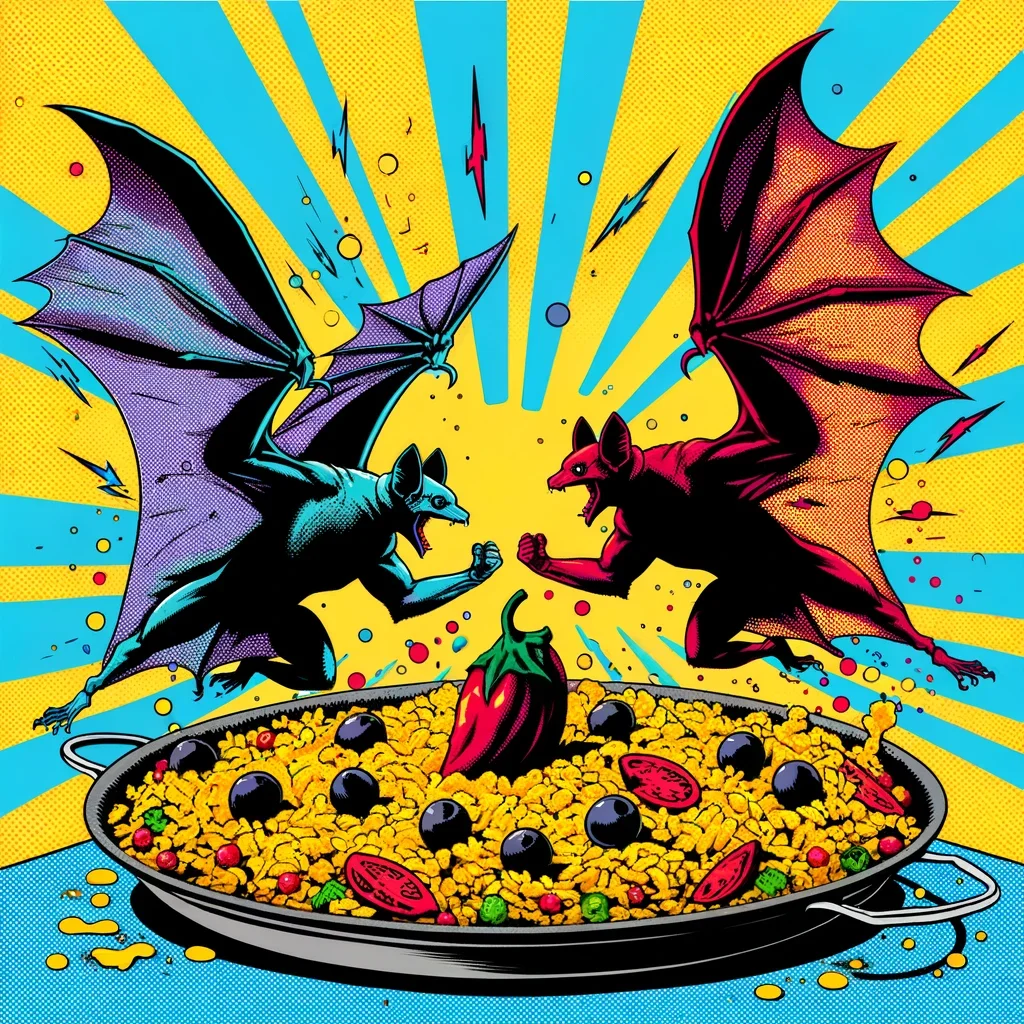
At this juncture, it’s worth questioning from a doctrinal standpoint whether the absolute prohibition of Article 6.ter of the Paris Convention can: be implicitly repealed by the mere tolerance of the Spanish Patent and Trademark Office (OEPM) as a quasi-administrative concession; whether, on the contrary, authorization must be express; whether the non-observance or ignorance of state symbols by the national authority in intellectual property matters can constitute a kind of fault in vigilando that could lead to some form of liability; or if the renunciation of the opposition faculty by third parties necessarily implies an exemption from such liability, which would mean that a significantly small part of civil society would have the obligation to review the Spanish Official Bulletin of Industrial Property (BOPI) daily, a practically impossible task.
In any case, such authorization was granted as a result of Spain’s willingness to peacefully coexist with foreign cultural products, yet this does not diminish the fact that DC is denying the distinction of one of Valencia’s most important symbols based on mere circumstance. This situation highlights one of the deepest contradictions of Intellectual Property Law in general and Trademark Law in particular, as the administrative protection of creations can collide with objective reality, with the former sometimes prevailing iuris et de iure over the latter, as in the case at hand.
Imagine a local band covers a Beyoncé song in rock version, Beyoncé doesn’t sue because she considers it a good tribute, and later this band decides to sue Beyoncé for plagiarizing their work. Sounds absurd? Well, with due differences, this is essentially what Batman has done to Valencia C.F.

